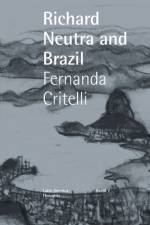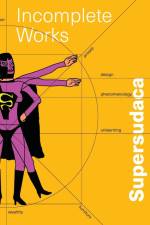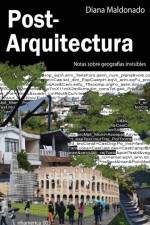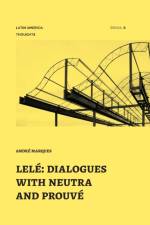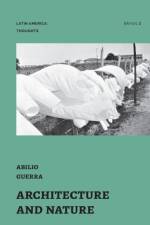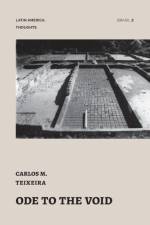av Fernanda Critelli
327
Richard Joseph Neutra (1892-1970), Austrian architect based in the United States, sought throughout his works to correlate modern, rationalist and industrialized architecture to particular conditions of culture, climate, landscape and technology, as well as to local resources. Richard Neutra's first contact with South America took place between October and November 1945, through a diplomatic mission entrusted to him by the US Departmentof State. The relationships that were established there ranged from the personal to the professional and lasted until the mid-1960s. Either because of the political transformations that most Latin American countries underwent at that period of time, or because of Neutra's health condition and his long stays in Germany during the last few years of his life, the fact is that these relationships emerged, flourished, and eventually withered over a period of approximately twenty years. It is safe to say, however, that they went beyond what was stipulated - and even expected - by the US government.In the specific case of Brazil, Neutra landed there for the first time in November 1945 and visited iconic projects of modern architecture, such as the headquarters of the Brazilian Reinsurance Institute and the building of the Brazilian Press Association, designed by the Roberto brothers, and the Seaplane Station, by AtÃlio Correa Lima, in Rio de Janeiro; the Esther and Leonidas Moreira buildings, respectively by Ãlvaro Vital Brazil and Eduardo Kneese de Mello, in São Paulo; the Grande Hotel in Ouro Preto and Oscar Niemeyer's Pampulha works, in Minas Gerais. He took pictures and made several drawings - not only of Brazilian landscapes, but of all the countries he visited.Even more important is the fact that Richard Neutra identified with the Latin American people he met. In the preface to the Spanish edition of Survival Through Design, published in Mexico in 1957, Neutra states that he felt culturally "familiar with these people who thought in Castilian" comparing the history of Argentina and Peru with that of Vienna in the post-Renaissance period. In addition to pointing out this similarity around his motherland, the architect also recalled the Spanish origins of the city that had welcomed him in 1925. This was not condescending talk from an European, based in the United States, pandering to Latin American readers; rather, this was a genuine statement from someone who understood the meaning of being the other and who identified with it.

